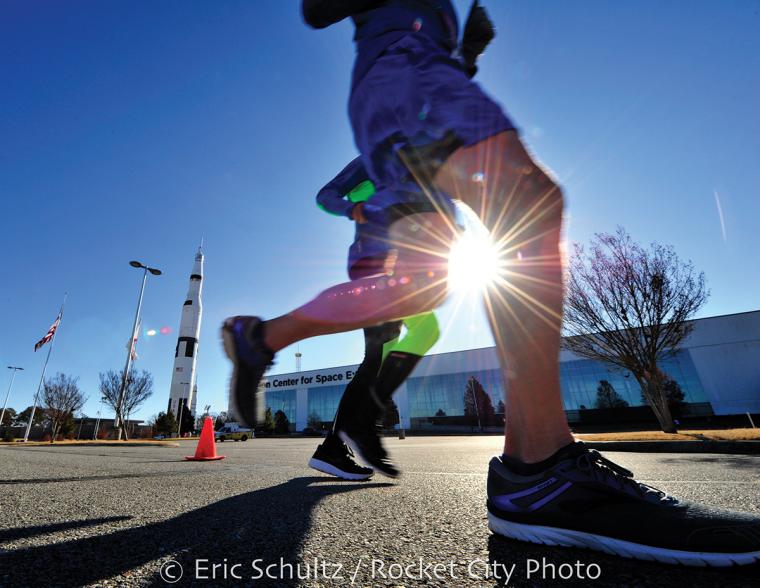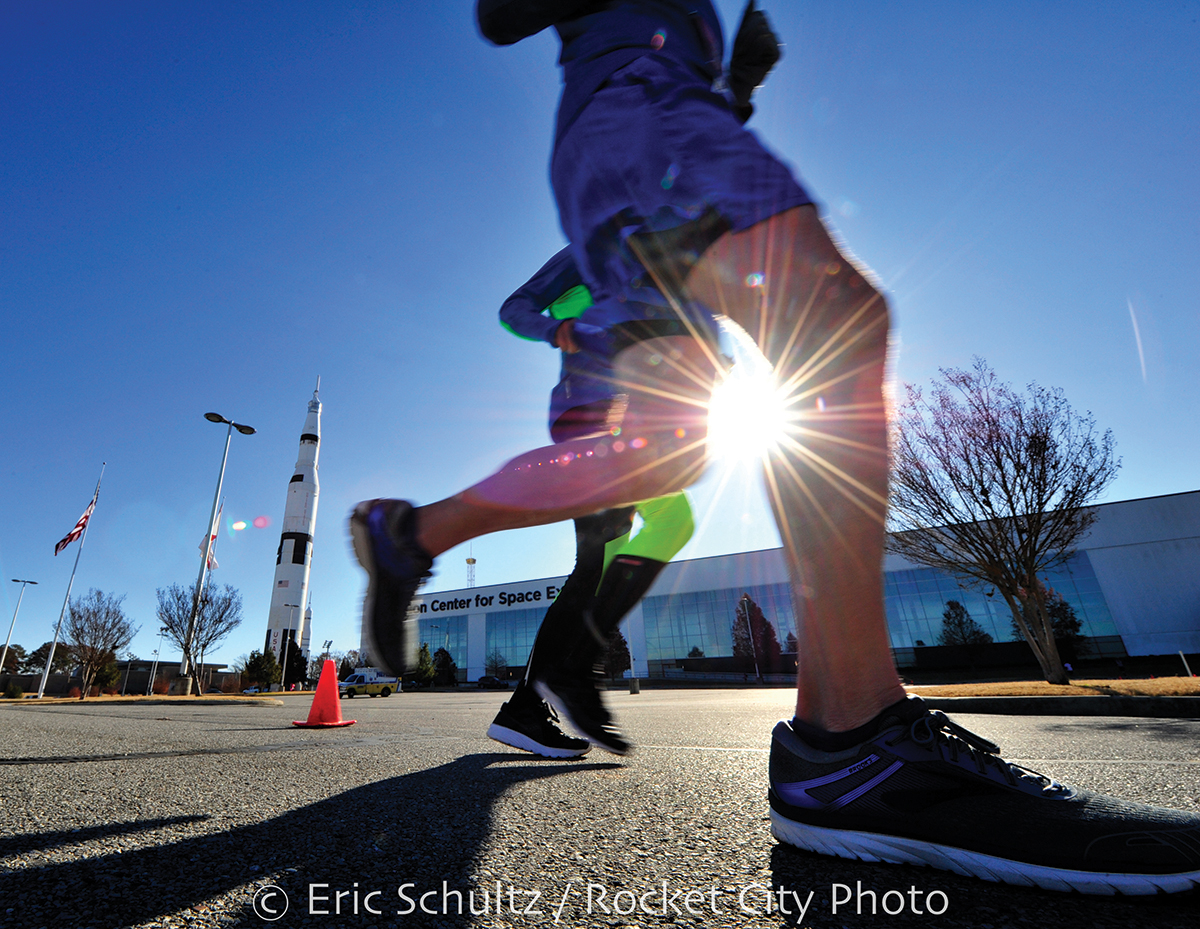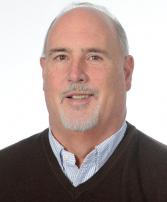

“Health, safety and security,” says Bill Hancock. “It’s the most important thing that any event manager does.”
No one knows big events like Bill Hancock. He is the executive director of the College Football Playoff, and served as executive director of its predecessor, the Bowl Championship Series. He spent 13 years as the director of the NCAA Division I Men’s Basketball Championship and has worked with the U.S. Olympic Committee at 13 venues.
So if safety and security is the primary concern for Hancock, it should be the same for a local organizing committee or rightsholder. It’s no less important for an event of 900 pickleball players than it is for an event of 90,000 spectators.
“For us in the industry, it’s something we need to ensure we’re talking to our event owners about, to have the safety and security in place, and help them see that,” says Tammy Dunn, sports development director of the Snohomish County (Washington) Sports Commission.
“There’s always some kind of risk level associated with any event,” says Erin Randall, sports business manager for the Oklahoma City Convention & Visitors Bureau. “It’s Crisis Communication 101. You have to think about every possible situation that can happen, and you need to make sure to have a plan for it.”
Developing that plan is not nearly as glamorous as a local CVB selling a rightsholder on a state-of-the-art sports complex. It’s not as fluffy as touting the vast array of tourist attractions.
“It is the thing that no one likes to talk about,” Hancock continues. “Nobody wants to talk about it, and no one should talk about. You don’t want the bad guys to know what your plan is because they’ve read about it in the newspaper.”
These days, that tag team of Safety & Security has taken on a broader meaning than simply keeping the bad guys out of an international event or blocking traffic at a small-market 10K race.
Coronavirus has brought a new level of concern for planners, hosts and participants. Metal detectors are joined by infrared thermometers. Parents who huddled together in bleachers are safely distanced in their camp chairs alongside foul ground. As professional sports cranked back up, they did so in arenas and stadiums that were mournfully empty.
What coronavirus did was remind us of what we don’t know and how we can’t plan for everything. The unpredictability has been a challenge for proactive measures, and reactive measures can inhibit the experience.
“You have to have guidelines without giving options,” says Scott Smith, executive director of the Jacksonville-Onslow (North Carolina) Sports Commission. “You don’t want to make it where it’s no fun at all for participants and you have to follow these 49,000 rules, but you want everybody to feel safe and feel comfortable. All this makes you think about things you’ve never thought of.”
There two other societal wrinkles that are affect security considerations.
First is the SafeSport initiative. Local organizing committees may often discover that is a larger priority than anticipated, especially if dealing with Olympic-sport national governing bodies.
“It’s at the top of their list more and more these days,” says Dunn, who recommends that CVB and sports commission staff become SafeSport certified.
“It adds value,” Dunn says, “by telling event organizers we understand and care about the safety and security of the athletes and ensure policies are followed and that we are aware of the policies. It reassures them you’re an organization all about following policies and helping advocate for that.”
The second is even more delicate. There is a balance that organizers have always sought in providing security between uniformed officers and plain-clothed officers. Participants, officials and spectators need to have a sense of security, but there doesn’t need to be an atmosphere where the presence is overwhelming. In the current climate, right or wrong, there are many who are made more uncomfortable by the sight of uniformed officers.
Often, common sense may be the best guide in establishing a plan. “If we have a contact sport, we’re going to have more security than non-contact sports,” says Frank Lett, the senior associate executive director of the Kingsport (Tenn.) CVB. Some sports evoke more passion among spectators than others – been to a high school wrestling match lately? – and might necessitate more security. Meanwhile, a cornhole tournament might simply require an off-duty cop chilling in his car all day. An event with alcohol sales adds another layer of concern.
And, of course, no discussion among local event providers can go much more than 45 seconds before the conversation turns to running events on city streets. You could out-word “War and Peace” to address all those concerns, from traffic cones and blocked roads, from EMTs on-site to political schmoozing that eases the process in shutting down large areas of a city on a Saturday morning.
In Huntsville, the 43-year-old Rocket City Marathon draws more than 2,000 runners each December. Several years ago, the Huntsville Track Club decided to change the course to encompass its most famous attraction, the U.S. Space & Rocket Center, as well as more historic areas and the Huntsville Botanical Garden. Runners would then finish indoors, at the Von Braun Center. The organizers worked closely with the Huntsville Police Department in re-mapping the course to minimize traffic, and with convention center security staff.
That all boils down to just one word: Relationships.
Sports commissions and CVBs rely on relationship-building to attract events to their cities, and it’s even more important in administering events.
Lett suggests that building relationships with the local police department can lead to enlisting the most appropriate officers for a particular event, perhaps someone who was vested in, say, youth league baseball or basketball. He recalls a motorcycle and music event when he worked with a lieutenant who was also a motorcycle enthusiast and knew best how to smoothly navigate any challenges such an event might bring.
“My rule of thumb has always been let the experts do their jobs,” Hancock says. “Every event, there are experts on the city level, the county level, state and federal. You create a setting where they can all come together so you can ensure the authorities in the different agencies are communicating with each other.”
“We’ve always made a point to have a consistent and great partnership with the Oklahoma City Police Department,” Randall says. “There are well-established events they’ve worked, and that’s easier. But for new events, it’s all about education and having constant meetings until the event takes place.”
Randall stressed that post-event meetings are essential to review the pros and cons, and her organization has created a detailed customer survey “to have a gauge on their opinion, and take that information and be proactive to mold our process so that we are being as accommodating as we can.”
For all the complexities involved in the planning, sports commissions and CVBs should make sure safety and security folks, whether volunteers or at the highest level in the police department, are enlightened to the value of the events to a city, whether in economic impact or quality of life. Says Dunn, “A community and sports should go hand-in-hand.” And, as Randall notes, “It’s easier in our industry because a lot of (safety and security) people are sports fans, and they know the impact of sports.”
Again, it’s relationships.
“Build those relationships in advance,” Hancock says, “so that when you need to plan an event, you’re not picking up the phone to call a stranger. You’re picking up the phone to call a trusted friend.” SDM

